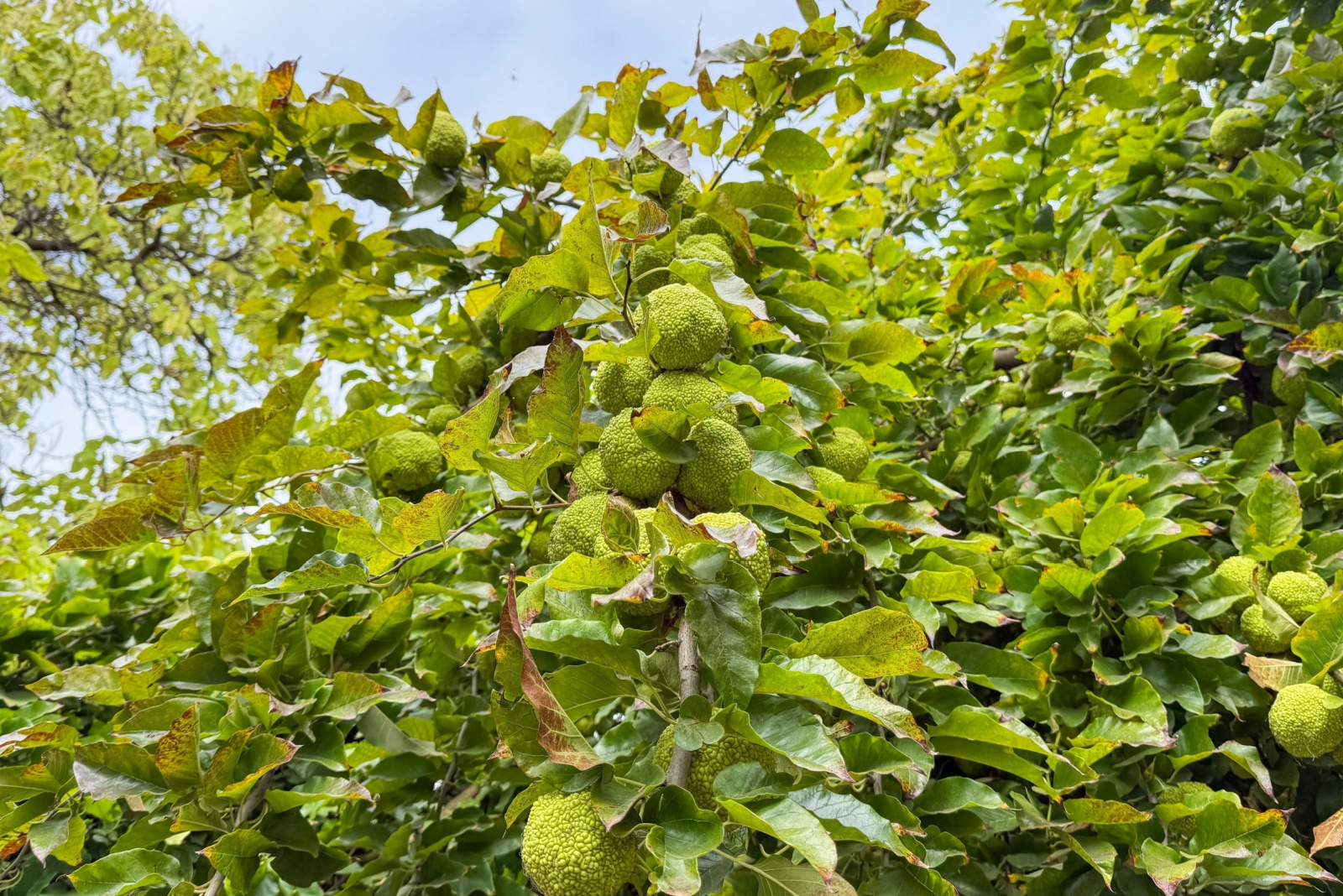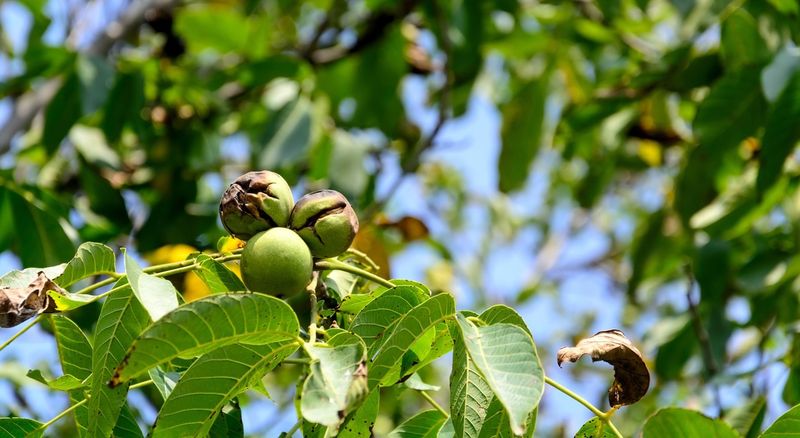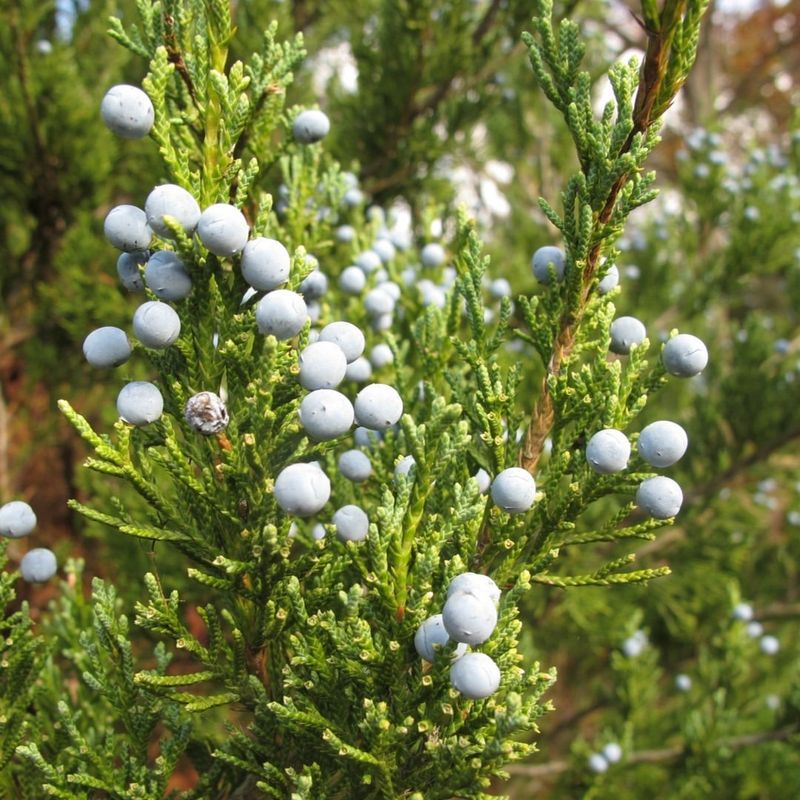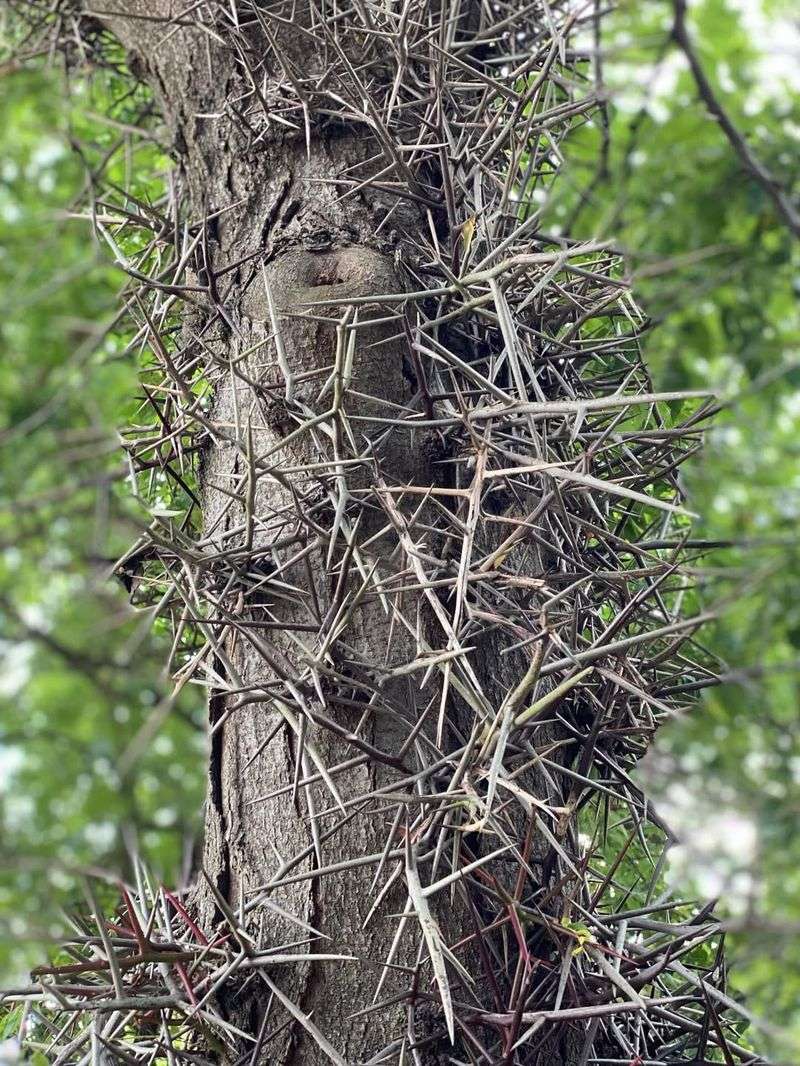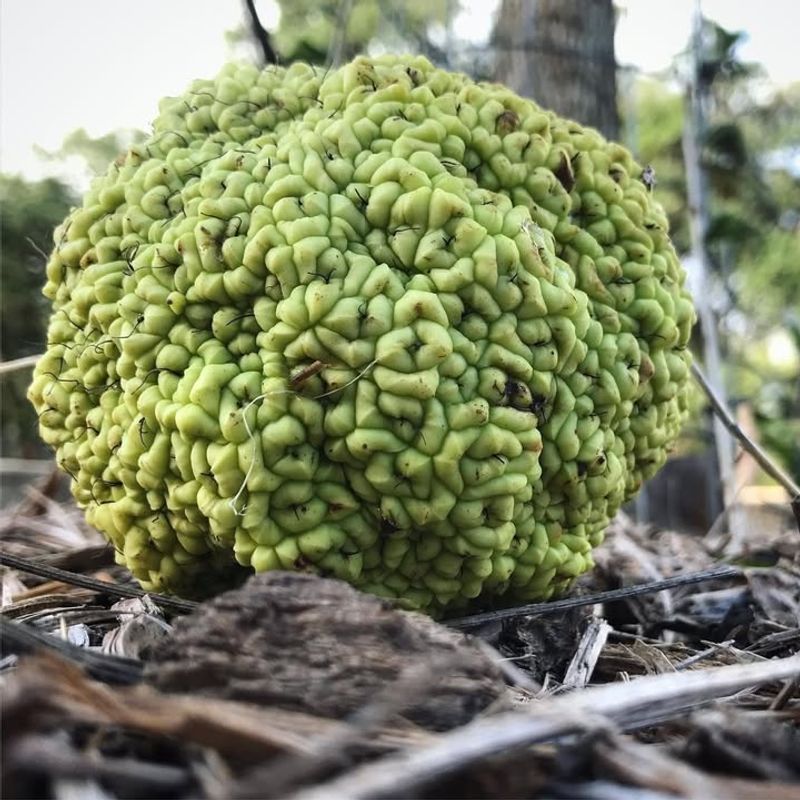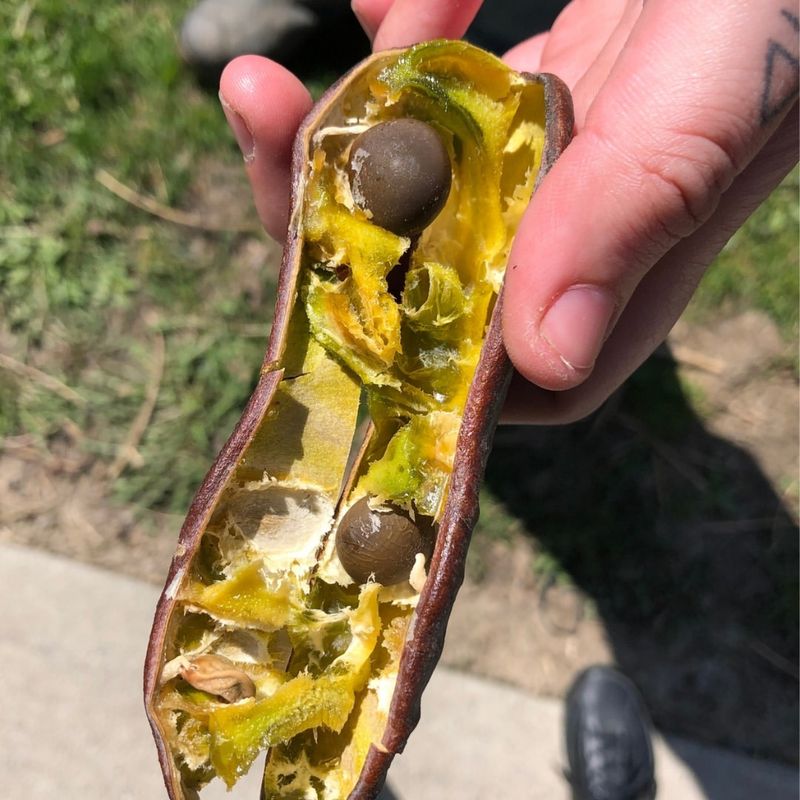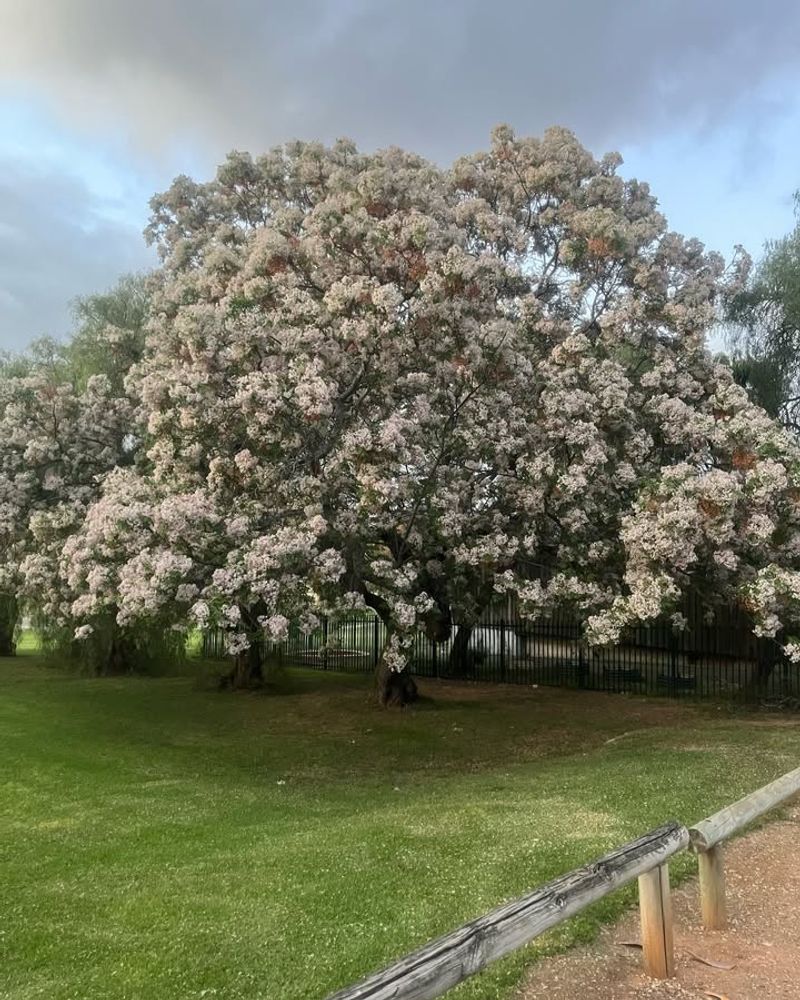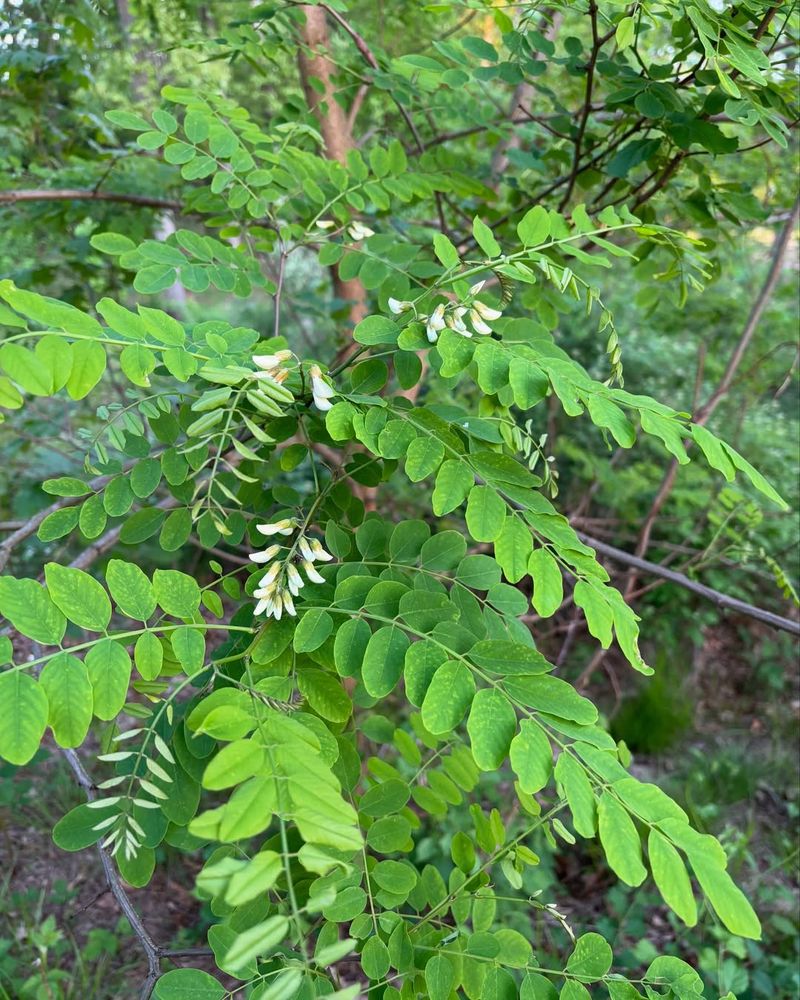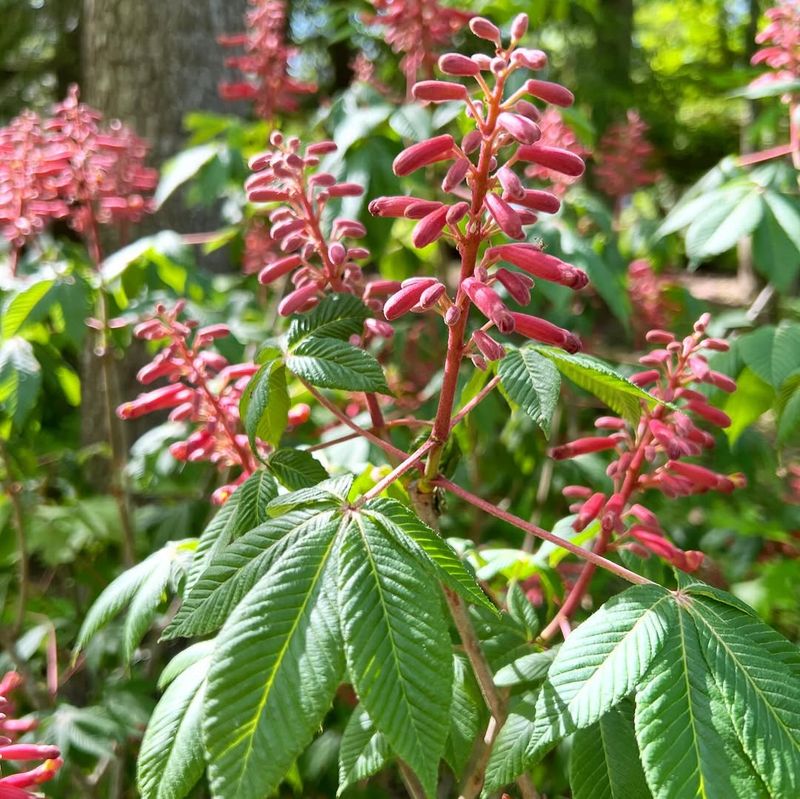Plenty of trees add shade and charm to Kansas neighborhoods, but not every tree is as harmless as it looks. Some species release toxins into the soil, drop irritating sap, or trigger allergies that can make outdoor spaces uncomfortable and unhealthy.
Knowing which trees pose risks can help homeowners avoid trouble and keep their yards safer for families, pets, and neighbors.
1. Black Walnut
Black walnut trees produce a chemical called juglone that can poison nearby Kansas plants and even cause skin irritation in sensitive people. The roots, leaves, and husks all contain this toxin, which seeps into the soil around the tree.
Many garden plants like tomatoes and azaleas simply cannot survive near these trees. Pets who chew on the nuts or husks may experience stomach upset and vomiting.
If you have one in your yard, avoid planting sensitive flowers or vegetables within 50 feet of its trunk.
2. Eastern Red Cedar
Did you know that eastern red cedar berries contain oils that can upset stomachs if eaten in large amounts? Children and pets are often attracted to these bluish berries during fall and winter months in Kansas.
The foliage can also cause skin rashes in people with sensitive skin. Horses are particularly vulnerable and may suffer serious digestive problems if they eat the leaves or berries.
Keep an eye on young children playing near these evergreens, especially during berry season when the fruit looks tempting.
3. Honey Locust
Honey locust trees are famous for their incredibly sharp thorns that can grow up to eight inches long and pierce through shoes or tires. While the tree itself is not chemically toxic, those thorns create serious physical dangers.
Falling branches with thorns can injure anyone walking underneath. Children playing near these trees risk painful puncture wounds that can become infected.
The seed pods, though not highly toxic, can cause mild stomach upset if pets or kids eat too many of them.
4. Osage Orange
With fruit that resembles giant green brains, osage orange trees produce milky sap that can irritate skin and eyes on contact. The bumpy fruits are not edible and can cause choking hazards for curious pets and children.
When the heavy fruits fall from high branches, they can damage cars, roofs, or injure anyone standing below. The sap contains compounds that may trigger allergic reactions in sensitive individuals.
Many Kansas homeowners remove these trees to avoid the messy, potentially harmful fruit that drops every fall.
5. Kentucky Coffee Tree
Kentucky coffee trees produce large brown pods containing seeds that are poisonous when raw. Early settlers roasted the seeds as a coffee substitute, but eating them uncooked can cause severe nausea, vomiting, and neurological symptoms.
Children might mistake the pods for toys or snacks, creating a dangerous situation. The raw pulp inside the pods is also toxic to livestock and household pets.
If you spot these trees in your Kansas neighborhood, teach kids to never touch or taste the interesting-looking pods scattered underneath.
6. Chinaberry Tree
Chinaberry trees may look attractive with their purple flowers and yellow berries, but every part of this tree is poisonous to humans and animals. Just a handful of berries can cause vomiting, diarrhea, seizures, and even death in severe cases.
Birds sometimes eat the berries without harm, which spreads the trees to new areas. Dogs and cats are especially at risk during fall when ripe berries drop to the ground.
Kansas residents should remove these trees from properties where children and pets play regularly.
7. Black Locust
Black locust trees contain toxins in their bark, leaves, and seeds that can poison both people and animals. The beautiful white flowers are actually safe, but every other part of the tree poses health risks.
Horses and livestock have died from eating black locust bark or chewing on fallen branches. Children who put pieces of bark or seeds in their mouths may experience nausea, weakness, and irregular heartbeat.
Despite producing lovely spring blooms, these trees require careful supervision when planted near Kansas homes with kids or pets.
8. Buckeye Tree
Buckeye trees produce shiny brown nuts that look like candy to young children, but eating them causes vomiting, diarrhea, muscle weakness, and paralysis. All parts of the tree contain toxic compounds called glycosides that affect the nervous system.
Squirrels can eat buckeyes safely, but dogs, cats, and humans cannot. Even touching the nuts and then rubbing your eyes can cause irritation.
Parents living near buckeye trees should regularly clear fallen nuts from yards and teach children to recognize and avoid them completely.

